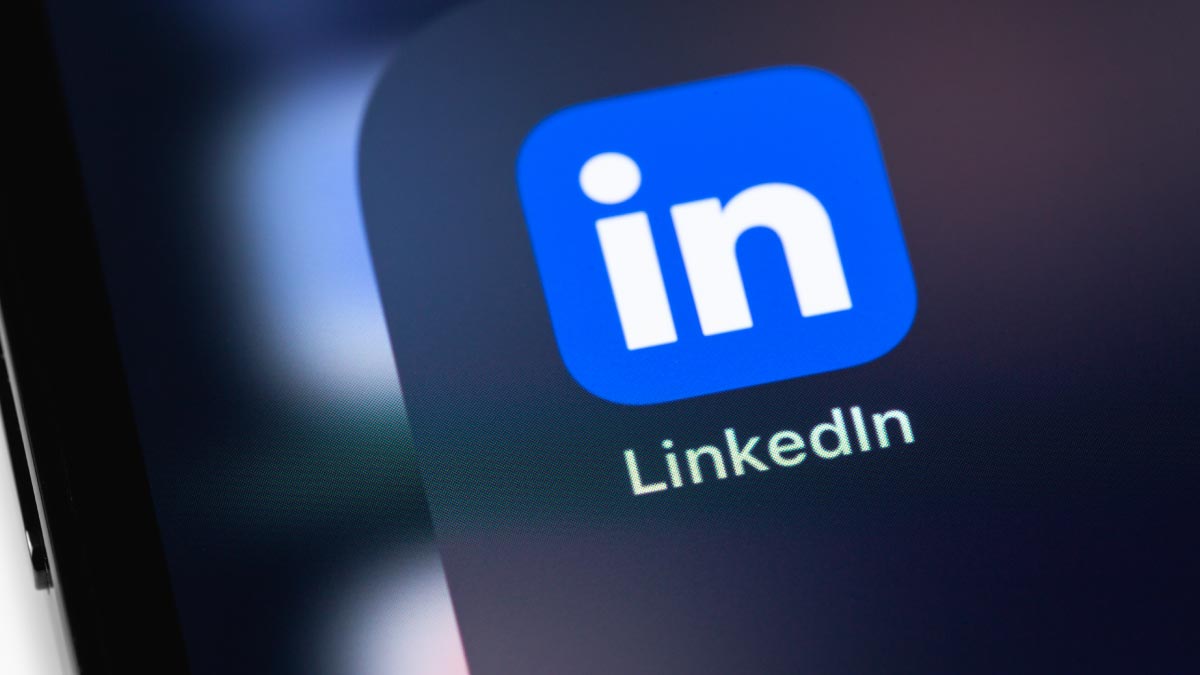5 Hidden Problems With Your Social Media Strategy

Should businesses invest in social media in 2019? Absolutely – and that goes for all kinds of industries, including even the most straightforward B2B companies. A business with a strong brand identity and an interest in online leads is in an ideal spot for social media marketing. But brands must also create effective social strategies to see results, and this can be challenging in unexpected ways for companies without a lot of social media experience.
To help out, here are some of the common – but frequently unnoticed – mistakes that businesses make with their social strategies, and how to fix them.
1. Your Social Strategy is on the Wrong Platforms
A social strategy works when it’s applied to the right social platforms. In other words, you need to be where your audience is. Brands that are new to social media marketing may not fully understand this – they can have amazing social content, but if they’re putting it on the wrong sites (or, similarly, posting at the wrong time), their target audience won’t notice.
This is why a social strategy should always start with appropriate audience and platform research. A brand doesn’t need to have a presence on every social site, but they should know where their audience is at. Some may prefer Twitter, some audiences spend most of their time on Facebook, others prefer social messaging apps like WhatsApp. Younger audiences tend to like Instagram, and more professional people tend to spend more time on LinkedIn.
Creating buyer personas and analyzing your target audience habits will help brands narrow down what platforms they should be on, and can reveal interesting information about where time is best spend. If you need help with these tactics, Blue Atlas Marketing is happy to help you with analysis!
2. You’re Ending Campaigns Too Soon and Too Abruptly
Much like SEO work, one of the key parts of social media marketing is time. Due to the ultra-fast paced nature of social media, many brands assume that if content doesn’t immediately meet metrics it’s time to move on. Other companies may make a similar mistake of producing a huge amount of social content for their specific campaign, and then stopping cold when the campaign is done, leaving their social profiles feeling like a ghost town.
Measurable, powerful results from social media – things like new leads, completed buyer journeys, and long-term increases in engagement – take time to grow. This is especially true when a brand is new to social media or is launching a new campaign: Sometimes notable results take months to develop…or longer. Long-term engagement is created by building a reliable audience of followers who are invested in your brand, not about creating that one hit post that goes viral. Social media campaigns deserve the time and care it takes to see results, so don’t let them be a flash in the pan.
3. You’re Automating Content Instead of Processes
Marketing automation gets a lot of well-earned praise for saving money, streamlining processes, and helping even the busiest marketing teams to do more. But it’s not a panacea for every marketing issue out there. In the social media world, we’ve come across a number of brands that let automation make and publish content for them – which is a big mistake. Automation programs can churn out all kinds of keywords, buzzwords, reposts, templates and diagrams that brands can follow…and it all lacks a vital human touch. Social media audiences are keenly aware of when there’s someone on the other end of the account and when a robot is just completing its daily posting task. They respond accordingly.
Automation really shines in the back end, when it comes to rote tasks that followers never really notice. This includes posting to multiple social sites at once, scheduling posts days or weeks in advanced, and automatically gathering data on social signals. And yes, automation can provide useful suggestions for certain keywords or types of posts – but it’s important to use that as a starting place for creating a human connection with your audience. That brings us to another important mistake to avoid…
4. Your Social Posts Are Only Calls to Action
This issue comes up more frequently among businesses that have significant experience marketing, but haven’t yet understood how social media is different from other marketing channels. As a result, social media posts from these companies tend to be terse or use only advertising language with a strict focus on calls to action, such as, “SIGN UP NOW FOR 10% DISCOUNT” or “CLICK HERE FOR MORE!”
This isn’t sociable. Posts that are brief calls to action are fine in moderation, but using them constantly will turn off an audience quickly, no matter how good your images and video may be. Brands can fix this robotic habit with:
- A Sociable Tone: Don’t yell advertisements at a social audience. Engage them with a friendly but professional tone. Don’t hesitate to show passion about products or services. Not every post needs a call to action, and not ever call to action has to be so direct. Oh, and capitalizing your entire post is never a good idea.
- Interaction with Audience: Social media requires interaction. That means asking followers how they are doing, responding to comments or questions, and making social events that people can participate in. Automation tools that notify marketing teams when someone has commented on a post or sent in a question on a message service can be very valuable to this end.
- Creative, Non-Salesy Posts: Social media is a great place to show some inner workings of a company, the latest project, exciting local events…there are enormous lists of different topics to use. These more creative posts help break up more direct calls to action and give social profiles a vibrant, engaging feeling.
5. You Aren’t Using Social Content for Local SEO
The extent to which social content affects Google’s ranking directly is uncertain, but it does have an impact on local SEO and people browsing social media for local solutions. If brands aren’t using social media to boost their local presence, they are missing a valuable opportunity. Key strategies here include:
- Social Profiles: Include a full business name, contact information, and a definition of the business in all social profiles. In addition to the impact this may have on SEO and internal social searches, it’s also a good way to inform new leads about the company. Make sure the brand website is prominently included in all profiles, too.
- Location Tagging: Tag the location of photos and video whenever possible. Include references to local addresses and information where appropriate. As a general rule, let your audience know where things are.
- Local Hashtags: Don’t go overboard on hashtags, but try to regularly include local hashtags in your relevant posts. These tags may directly reference your local, local events, landmarks, and much more. They help show you are connected, and may lead to constructive ideas about future posts, too.
Remember, the worst mistakes you’re making in social media are the mistakes you don’t know about! When in doubt, research and consultation can be immensely helpful for analyzing your own strategy. Don’t assume that something is a good idea just because it saves time or is what your brand has always done.




